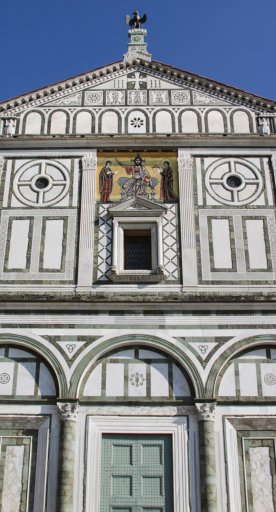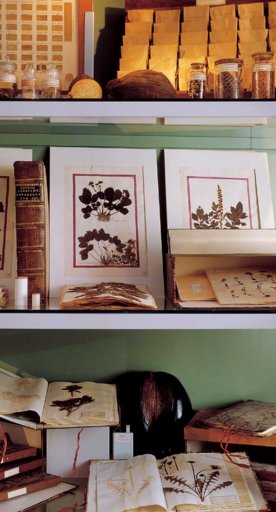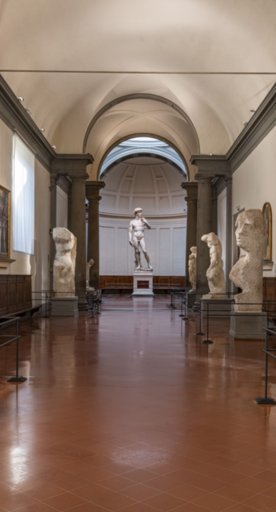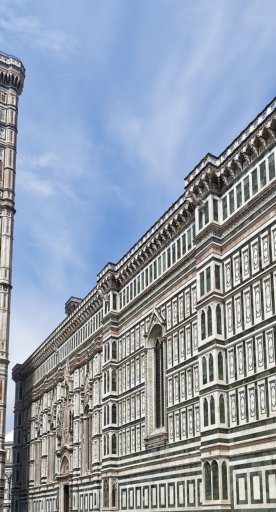"Paolo Graziosi" Museum of Prehistory
In the former Convent of the Oblate in Florence, some important collections of Prehistoric objects
The "Paolo Graziosi" Museum and Institute of Prehistory was founded in Florence in 1946 in Palazzo delle Oblate, with the aim of bringing together, conserving and classifying the existing Prehistoric collections in Florence.
The collections cover a period that ranges from the early Stone Age to the beginning of Antiquity, and are the result of human activities based first and foremost on a non-productive economy of hunting and gathering, that is, a productive economy based on agriculture, pastoralism and metal-working.
The objects on display include stone and bone tools, ceramic pieces, copper and bronze weapons and artistic creations (depicted through casts, photos and originals), accompanied by their respective human types, animal remains and plants. The object come from digs and research that have been carried out in Europe, Africa, Asia and America since interests in Prehistory began to make a splash in the 1800s; the earlier things comprise the “historic” collections, but the pieces coming from more recent research are also impressive.
There’s a particular dedication to the European collections coming from the earliest discoveries, like the prestigious African and Asian collections. In terms of the American objects, it’s worth mentioning the ethnographic material from Argentina and the stone objects from late-North American Prehistory.
Information on accessibility: museopreistoria.it









